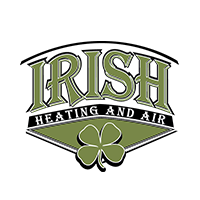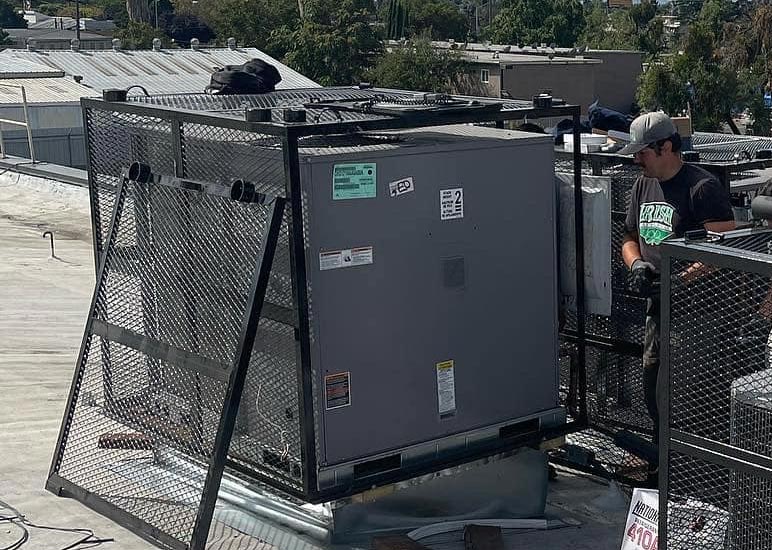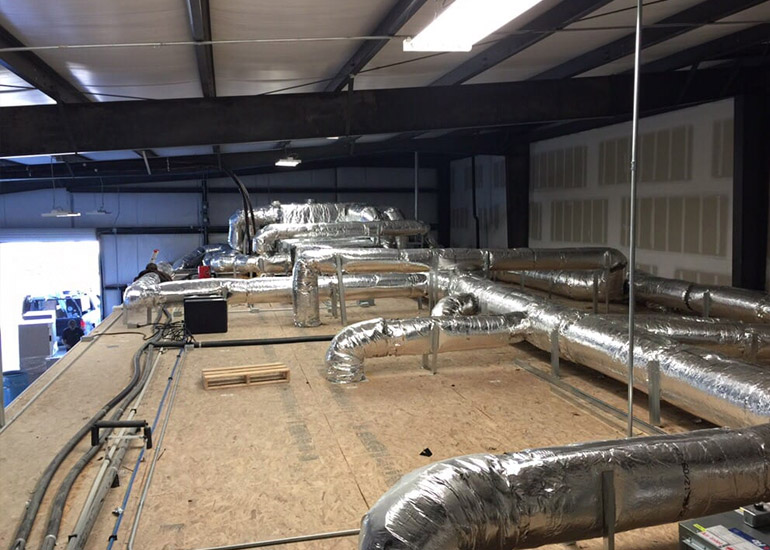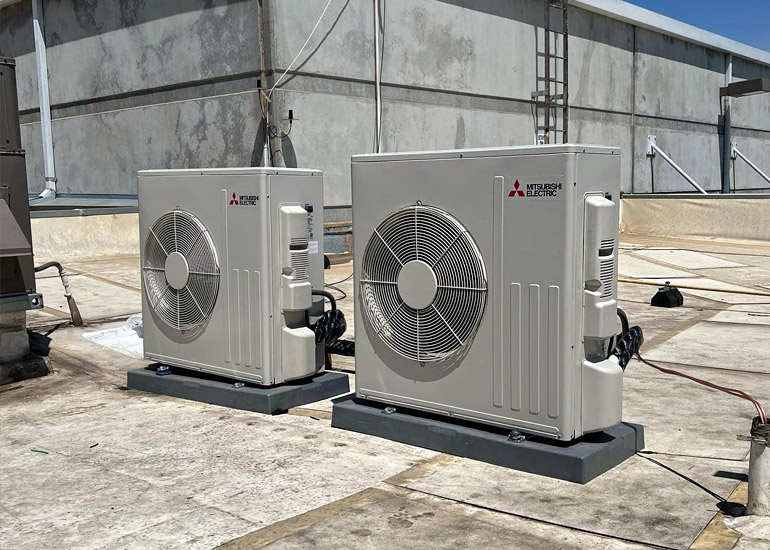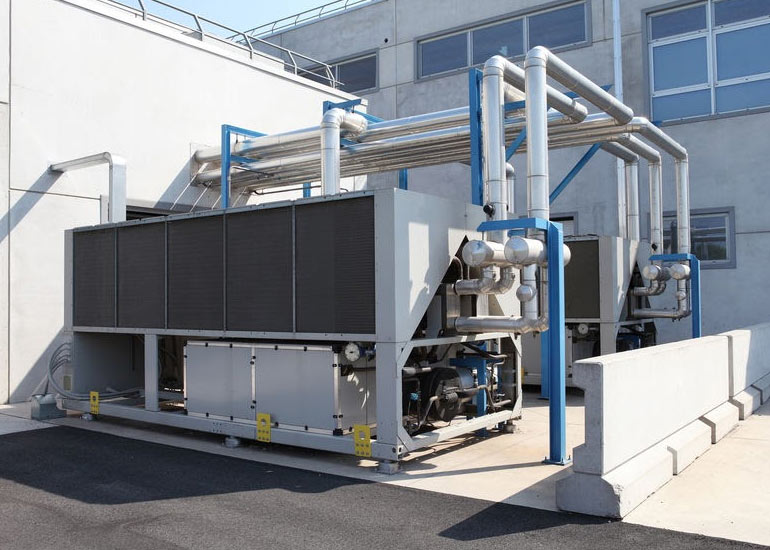 All of the stakeholders in your company need to make HVAC decisions together. However, everyone will have a different level of understanding about basic commercial HVAC terms. You can ask your technicians to explain things to you, but you may feel more confident if you have learned the basics for yourself. Afterall, it is a lot of acronyms. In this guide, you’ll learn the basic terminology you need to understand what your technician is getting at. Share it with the other people in your company who need to brush-up on their commercial HVAC terminology too.
All of the stakeholders in your company need to make HVAC decisions together. However, everyone will have a different level of understanding about basic commercial HVAC terms. You can ask your technicians to explain things to you, but you may feel more confident if you have learned the basics for yourself. Afterall, it is a lot of acronyms. In this guide, you’ll learn the basic terminology you need to understand what your technician is getting at. Share it with the other people in your company who need to brush-up on their commercial HVAC terminology too.
- ACH: Air changes per hour is how many times all of the air in a specific space of your property is ventilated. This is especially important in some industrial settings.
- AFUE: This acronym stands for Annualized Fuel Utilization Efficiency, and it essentially means how efficient a heating appliance is. The higher the percentage, the more of the fuel the unit tuns directly into energy. A bare minimum AFUE a heating unit can achieve is 78%, but some can do in the 90s.
- Air handling unit:An air handler moves warm air through your property. In a commercial setting, you may have several air handling units.
- BTU:This acronym stands for British Thermal Unit. It is a measurement of heat. Your furnace or other heating unit will create a certain number of BTUs.
- CAE: A more sophisticated measurement of how much heat your facility is producing as compared to your fuel usage. It measures both water and space heating and is important for large residential buildings, hospitality, etc.
- CAV: Constant air volume, this term is about units that supply airflow all of the time. The CAV describes the rate of flow.
- Carbon monoxide: This dangerous gas is sometimes created by heating units. You’ll need carbon monoxide detectors if you have gas-powered heaters.
- CFM: Cubic feet per minute, a measurement of how many cubic feet of air enter the system or pass by a certain point of the system in a minute.
- Condenser: Condensers are part of many different cooling units. They remove heat from the system, so they are usually in the outdoor unit.
- Damper: A part of an air duct that controls the flow of air in the duct. They look like a gate or plate and stop airflow when shut and allow airflow when open.
- Duct: The square metal pipes that carry air throughout your facility.
- Diffuser: Part of a ductwork system, a diffuser separates air so that it is properly distributed through the system.
- Dry bulb temperature: This is the actual temperature of the air in your facility, measured independently from humidity (which typically affects it). This measurement is important in some commercial settings.
- Economizer: Commercial settings that need cooling can use economizers to reduce their need to cool the space, assuming their climate is cool. An economizer draws in cool air from the outside, reducing the costs of cooling.
- Evaporator: This is the part of a cooling system that absorbs heat from the air or a refrigerant.
- FCU: A fan coil unit or a small unit that supports the overall heating or cooling system in a large building. They are often used in hotels, large residential properties, etc.
- Heat pump: A compressor that moves hot or cold air. It heats a space by drawing heat from a warmer area and placing it in a cooler one.
- HSPF: This acronym stands for Heating Seasonal Performance Factor. It measures only the efficiency of the heating system over the winter (or heating) season.
- Industrial refrigerator: Equipment that cools environments to a low temperature and keeps it there consistently, usually for food processing purposes. It may also control humidity and the speed of the cooling.
- MAU: A Makeup air unit orair handler that is used in industrial or commercial settings, blowing only outside air through the building.
- MERV Rating: Minimum Efficiency Reporting Value or a measurement of how well filters work. Higher MERV filters can capture more and smaller particles.
- Micron: A unit of measurement for very small things. Microns are used in the measurement standards for filters. Very good filters can remove particles as small as 0.03 microns.
- Minimum outside air: This is lowest safe volume of outside air that needs to be included in your property in order for it to be comfortable and, in many situations, safe to breathe.
- OAT: The outside air temperature. It may also refer to the outside humidity. Typically, this abbreviation is only used in calculations to determine if you can use outside air to heat or cool your facility.
- Plenum space: In HVAC terms (although it is used differently in the medical world), plenum space is space reserved in a building for airflow. It’s not just ductwork, but also the space around it.
- R-22: An old kind of refrigerant that is, and mostly has, been phased out of use over environmental concerns.
- R-410A: The new refrigerant replacing R-22. It does not have chlorine and is significantly more environmentally friendly.
- RTU: A rooftop unit, usually an air handler placed on the roof. But, it may also refer to a rooftop unit of another kind.
- Radiant floor heating:This is a system that uses tubes in the floor to disperse heat instead of air in ducts. Heat radiates out of the pipes, into the flooring, and up into the rest of the space.
- SEER: The Seasonal Energy Efficiency Ratio, which describes the total cooling output of your air conditioning system, compared to how much fuel it uses. The SEER tells you how efficient the system is.
- Superheat: How many degrees a vapour is above its boiling point, in reference to a specific pressure. Boiling points change based on the pressure a liquid is under.
- TU: TU stands for the terminal unit. A bit more complicated than the FCU, a terminal unit also controls a single room’s temperature but combines a heating,cooling and cooling coil with an automatic damper.
- Two-stage: A heating or a cooling system that can operate on low and high, depending on the temperature outside.
- Unitary controller: Like a thermostat, but it controls only one area of a building.
To learn more, schedule service with our commercial heating and cooling team today.
